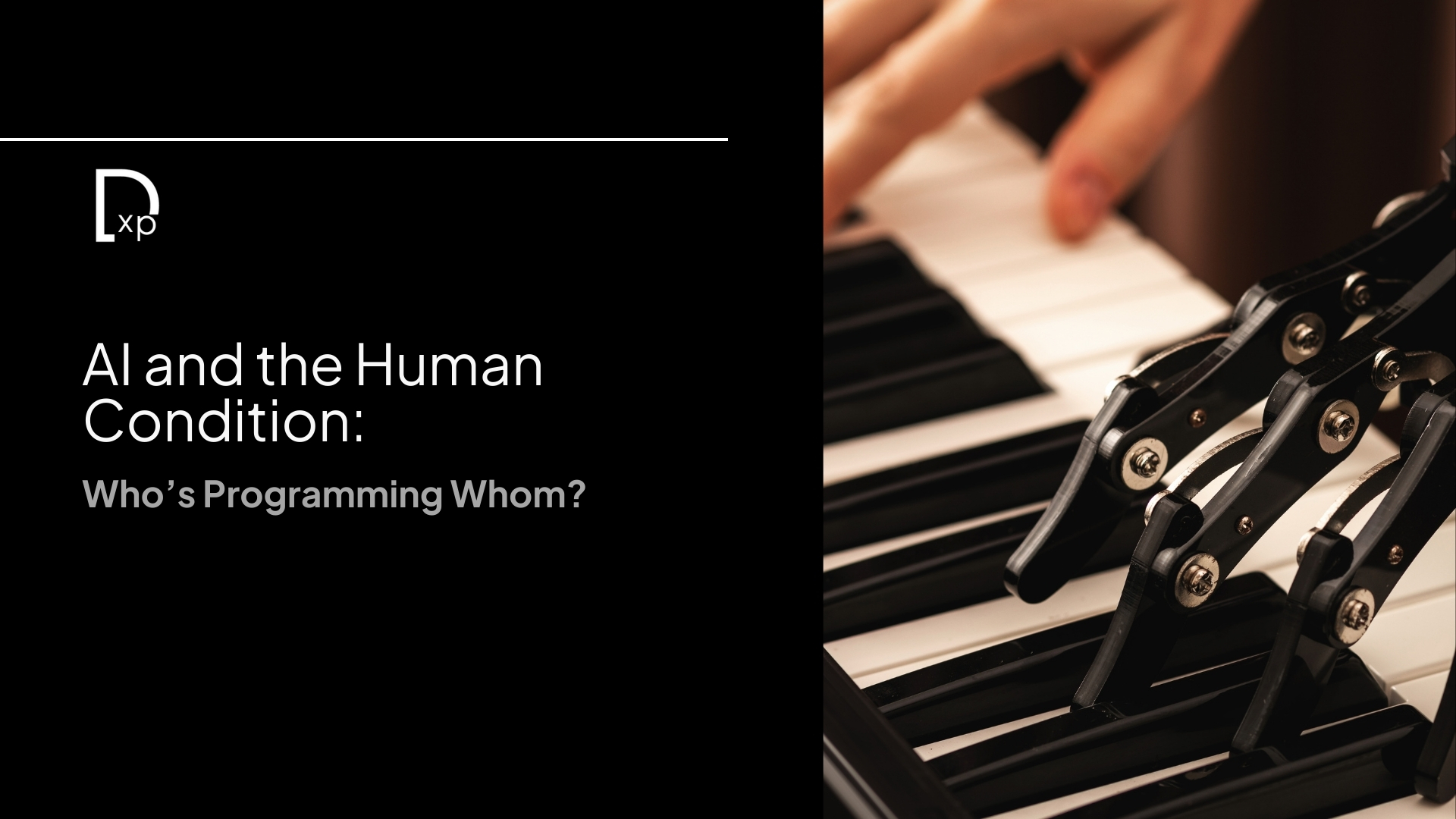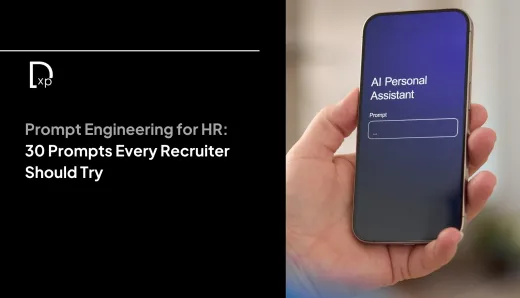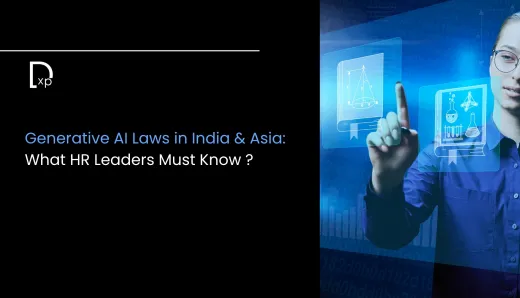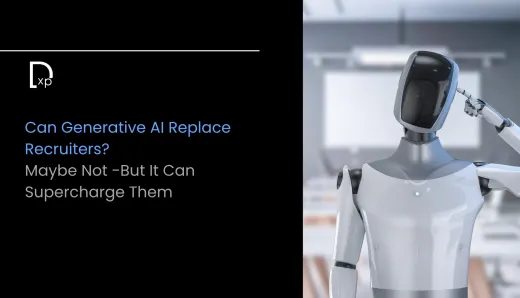AI and the Human Condition: Who’s Programming Whom?”

We built machines to think.
We trained them to learn, to adapt, to find patterns in oceans of data that our human minds could never fully process. We handed them our questions, our preferences, our behaviors, our biases — and in return, they offered predictions. Suggestions. Outputs. Comfort.
And now, the world is filling with invisible systems making decisions that no one human fully understands. AI is present in the moment we wake, when we check our phones to see curated headlines, or scroll a feed that seems to know more about us than we’d ever tell our closest friends. It’s in the routes we drive, the shows we watch, the products we buy, and the words we hear.
It’s no longer something we interact with. It’s something we’re surrounded by.
And yet, we continue to think of it as a tool. Something over there, separate from us. Something we control. A machine that does what we say.
But the real story is murkier. Because AI is more than a tool. It's a reflection. A magnifier. A collaborator. A mirror.
And that mirror asks a question that’s hard to ignore: Who’s programming whom?
It’s easy to assume the answer is us. After all, we write the code. We collect the data. We train the model. We choose the objective function. But we also outsource decisions. We follow its suggestions. We let it shape our attention, our choices, and increasingly, our culture.
What began as automation becomes influence. What began as convenience becomes dependence. And influence, at scale, rewires the way we think.
When AI curates what we see, it shapes what we believe. When it determines what content performs, it teaches creators how to behave. When it decides what’s relevant, it defines what matters. And it does this not with evil intent, but with algorithmic obedience. It simply follows the instructions we’ve given it: maximize engagement, increase efficiency, reduce friction, find patterns.
But human lives are not frictionless. They’re messy, unpredictable, full of nuance and contradiction. What makes life meaningful often resists measurement.
And yet, we’re asking machines to replicate that messiness using data we barely understand ourselves.
The human condition — the story of what it means to feel, to choose, to make mistakes and learn from them — can’t be fully captured by statistics. But we’re feeding machines with more and more of our humanity, hoping that by doing so, they’ll give us something smarter, faster, better in return.
The machines are listening. They are learning. But they’re not alive.
They don’t wonder what it means to be kind. They don’t get bored. They don’t wrestle with fear or regret. They don’t create for the sake of joy, or sit in stillness because something in them needs silence.
They can do remarkable things, but they cannot care. That’s not a glitch. That’s the difference between synthetic intelligence and the real thing.
And still, we treat their outputs like wisdom. We treat efficiency like virtue. We treat recommendations like truth.
The issue isn’t that AI is too powerful. It’s that we’re too willing to hand it our responsibility. We like certainty. We like answers. And AI, unlike most people, gives us answers without hesitation.
But certainty without judgment is dangerous.
We’re entering a world where the tools we’ve built can guess our next move better than we can — not because they’re intelligent, but because they’ve seen this dance before. They’ve watched a billion other people tap, click, pause, and buy. And in that pattern, they find us.
It’s not malevolent. But it is seductive.
Because if an algorithm knows what works, why fight it? If it tells us what people want, why not give it to them? If it predicts what’s next, why not get there faster?
Because faster isn’t always better. Because prediction isn’t the same as wisdom. Because what people want isn’t always what they need.
The human condition isn’t optimized. It’s chosen. It’s crafted. It’s full of paradox and poetry and pain. It takes time. It takes risk. It takes intention.
And when we forget that — when we allow the machine to decide what’s worth seeing, worth making, worth feeling — we don’t just lose originality. We lose agency.
We become shaped by the systems we built to serve us. Not because they control us, but because we stopped asking why we built them in the first place.
The danger isn’t that AI becomes human. The danger is that we forget how to be.
Because the machine doesn’t care about justice. It doesn’t care about art. It doesn’t care about truth, unless we teach it to. And even then, only on our terms. What we call AI is just our own behavior, scaled and looped back to us.
So the question isn’t whether AI will get smarter.
The question is whether we will.
Will we remain curious enough to challenge the system?
Will we stay awake enough to notice when our attention is being hijacked?
Will we be brave enough to build tools that make us more human, not less?
The future will be full of AI. That much is clear. But what kind of AI — and what kind of future — depends on us.
We don’t need smarter machines.
We need wiser humans.
And maybe that’s the most human question of all:
If we’re programming the machine, but the machine is shaping our decisions... then who, exactly, is holding the pen?




